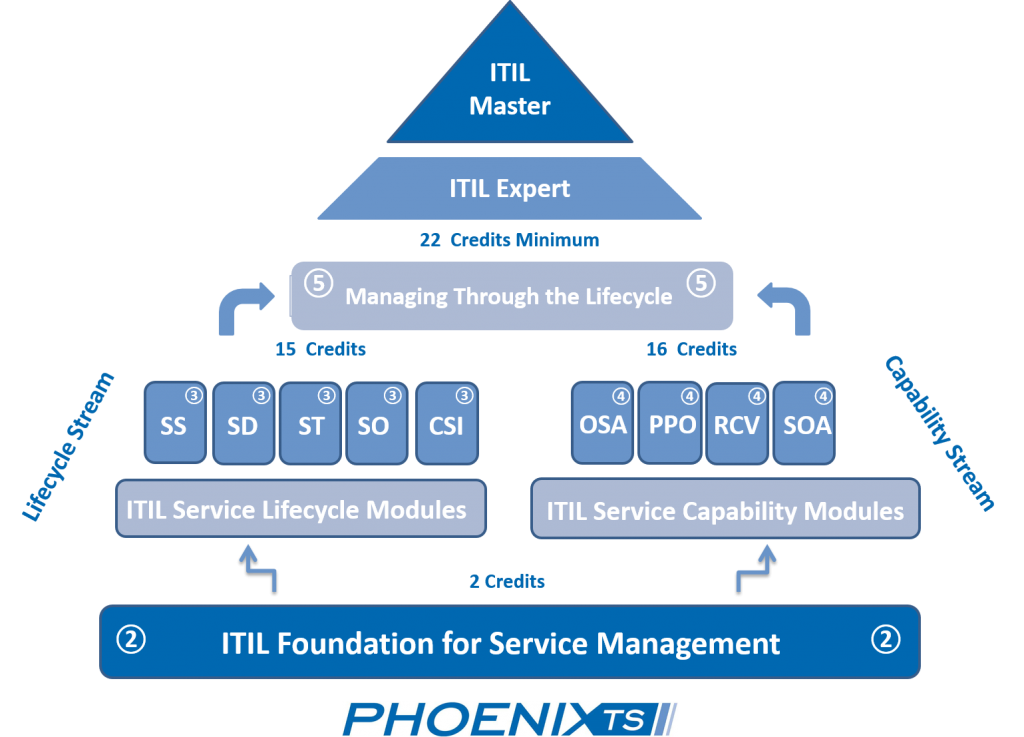Guest Author
Today’s IT service customers are more interested in customer experience than anything else. Fueled by the internet age, where info needed to compare service providers is available immediately, customers can easily switch if they feel their products and/or interactions don’t meet their needs or expectations. The main objective of IT Service Management (ITSM) is to deliver services and value that customers want, while IT manages the cost and risks. If any IT service provider is worth getting a customer’s attention, it is because their focus is on the end-to-end experience for users as they interact with their services, in addition to their people.
ITSM Best Practices – The ITIL Framework
To deliver world class IT services, it is imperative that IT service providers
embrace and implement best practices from a variety of sources to ensure customer outcomes are achieved at a reasonable cost. One such best practice is ITIL (IT Infrastructure Library) which has been around for more than 30 years. ITIL continues to remain largely relevant, despite the ever changing IT landscape. ITIL is neither a standard nor a method; it is a framework of adaptable practices that unite all areas of IT service management towards a single goal of delivering value to the customer.
When integrated into an organization, the ITSM best practices outlined by the ITIL framework are to:
- Support organization outcomes
- Enable organizational change
- Manage risk in line with organizational needs
- Optimize consumer experience
- Show value for money
- Continual improvement
Theses ITSM best practices are implemented to varying degrees throughout the service lifecycle. The ITIL framework contains five stages: Service Strategy, Service Design, Service Transition, Service Operation and Continual Service Improvement. Each lifecycle stage outlines key principles, required processes and activities, organization and roles, technology, associated challenges, critical success factors and risks that must be considered for success in ITSM. ITIL focuses on ensuring that IT services create customer value by combining two primary elements: utility (fitness for purpose) and warranty (fitness for use).
There are twenty-six defined processes within the ITIL Framework. The most popular ones include Incident Management and Change Management. The main outputs from these processes should be driven by business objectives, while the process governance should include proper ownership, controls, metrics and improvement initiatives. ITIL also defines roles and functions (groups) to carry out one or more processes or activities. One of the key functions defined by ITIL is the Service Desk, which is the single point of contact for users to handle their IT service requests, coordinate restoration of service disruption or facilitate some categories of request for change.
As with any framework, standard, methodology or philosophy, ITIL is only as valuable as the results it helps to achieve. ITIL works when organizations adopt and adapt these ITSM best practices to suit their environment. There has to be a deliberate effort to understand the different perspectives of customer needs and the services offered, and then seek to ensure that customers can obtain value by having their outcomes realized through these services. And this is only guaranteed if end-to-end customer experience is at the forefront of all of the service provider’s activities and interactions with the customer.
Getting Started In ITSM Best Practices With ITIL
Gaining a better understanding of IT service management isn’t going to be easy, but make it easier on yourself by learning from industry experts. The first step in following ITSM best practices according to the ITIL framework is to get yourself certified. Your journey with the ITIL Framework starts with ITIL Foundation and progresses from there in two different tracks: ITIL Service Lifecycle Modules and ITIL Service Capability Modules.
subscribe by email
Stay Ahead
Related Posts
-
Project Management
The FYI ABOUT PMP from PMI
January 22, 2021
-
Project Management
IT Project Managers, a career of keeping business IT on track!
July 8, 2020
-
Cyber Security
CompTIA Stackable Certifications
March 30, 2018


